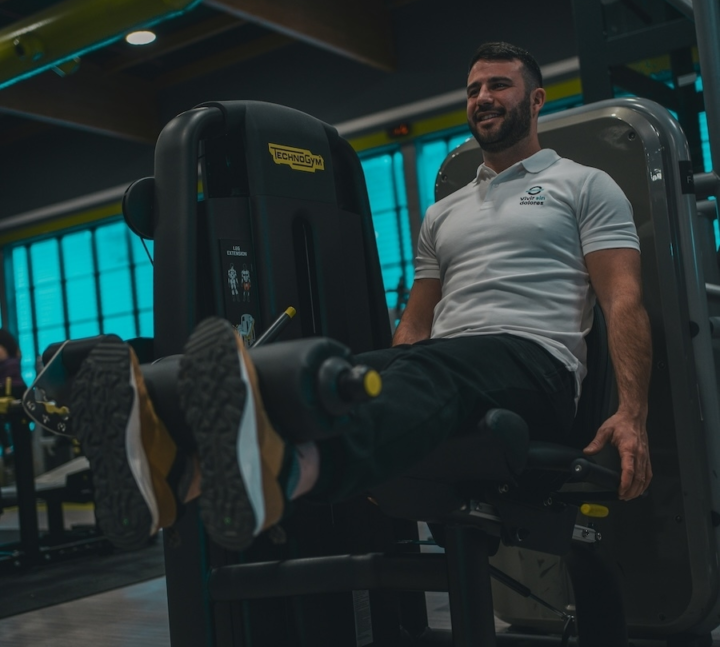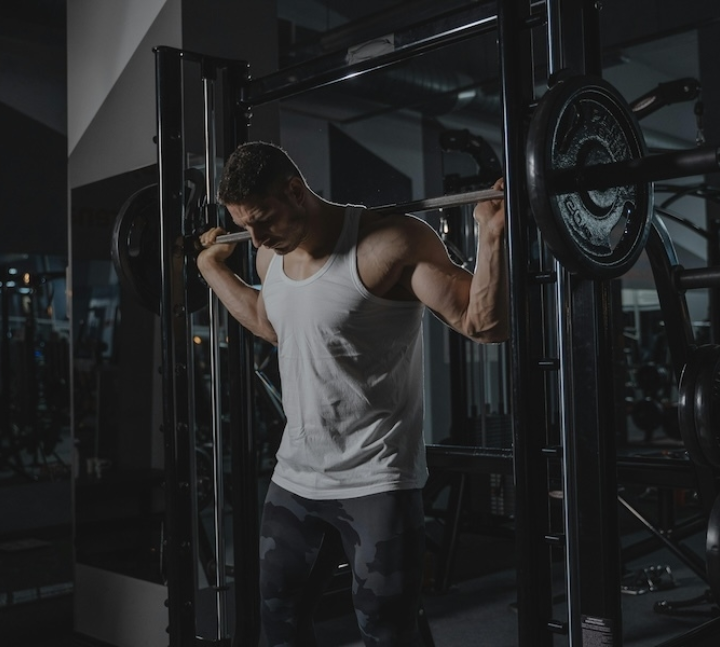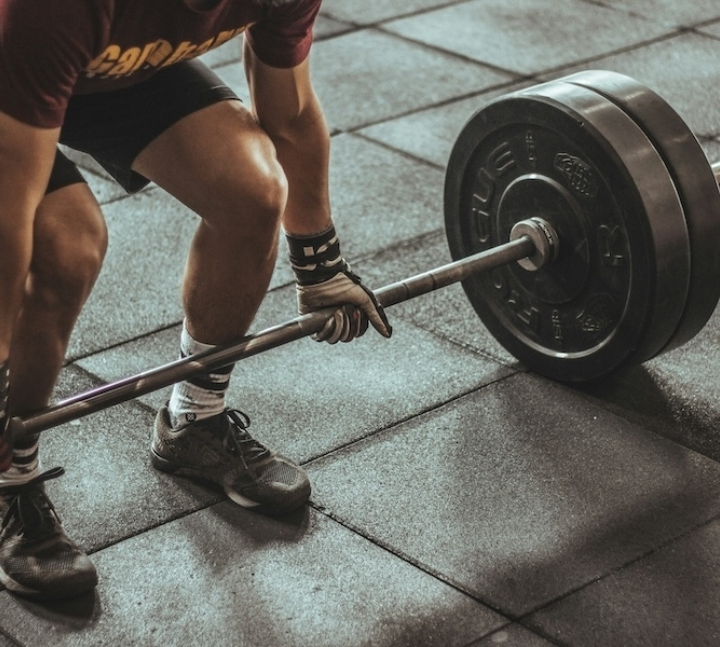Exercises to build powerful, defined, and functional quads
Quad exercises
The quads are one of the largest and most active muscle groups in the body. Located on the front of the thighs, they’re responsible for extending the knee and supporting movements like squatting, jumping, and climbing. Whether your goal is size, strength, or functional movement, training your quads consistently is essential. This overview breaks down the best ways to train them: in the gym or at home.
Focus on
Pick your equipment
No exercises found
Try adjusting your filters or search criteria
Build lower body strength and boost athletic performance
Training goals for quad development
Strong quads are critical for lower body performance. They protect your knees, stabilize the hips, and contribute to explosive power in sports and daily life. Balanced quad development also supports better movement patterns and reduces injury risk, especially for runners, cyclists, and lifters. Training the quads through full range of motion builds not just strength, but also control and mobility.
Train with depth, control and a focus on knee extension
Best quad exercises for strength and size
Top quad exercises include barbell back squats, front squats, split squats, and leg presses. These compound lifts allow for progressive overload while emphasizing the quads through deep knee flexion. For isolation, movements like leg extensions or sissy squats help directly target the quads. Controlling tempo and pushing close to failure ensures effective muscle stimulation and growth.
Train your quads with barbells, machines, or just your bodyweight
Equipment options for quad training
You don’t need a gym to target your quads effectively. Bodyweight exercises like step-ups, wall sits, or tempo squats can be progressed using reps or resistance bands. At the gym, machines like the leg press or leg extension allow for isolation and heavier loading. Barbells and dumbbells are excellent tools for front-loaded squats, goblet squats, or weighted lunges.
Structure your program for growth, performance, or injury prevention
Training plans featuring quad exercises
Quads can be trained once or twice per week depending on your split. Volume and intensity should match your goals: whether you’re building muscle or enhancing performance. A well-structured routine combines compound lifts with isolation work and accounts for recovery and mobility. The app helps you build a custom training plan that matches your goals: whether it’s growing stronger thighs, improving athleticism, or supporting knee health with the right quad exercises based on your fitness level and available equipment.
Frequently asked questions about quad exercises
Both approaches have their place. Compound movements build full-leg strength and coordination, while isolation exercises like leg extensions let you focus directly on the quads. Combining both ensures well-rounded development and helps address muscle imbalances or aesthetic goals.
Knee discomfort during quad training may stem from poor form, limited mobility, or muscle imbalances. Make sure your knees track in line with your toes and avoid letting them cave in. Strengthening the glutes and hamstrings alongside quads can help reduce stress on the joints. Adjusting your range of motion or exercise selection can also reduce strain.
Most people benefit from training quads 1–2 times per week. If your training includes compound lower-body lifts, your quads are likely already being worked. However, adding focused quad exercises can help bring up weak points. Ensure enough rest between sessions and avoid overtraining, especially if you're also doing running or cycling.
Yes — quads can be effectively trained at home using bodyweight exercises like wall sits, step-ups, split squats, and slow-tempo squats. Resistance bands can add tension and increase difficulty. As long as you're using control and pushing close to fatigue, bodyweight workouts can produce noticeable strength and size gains.
The best quad exercises include barbell squats, Bulgarian split squats, front squats, and leg presses. These movements emphasize knee flexion, which is key for targeting the quadriceps. Leg extensions are also useful for isolating the quads and building definition when added to your routine.
Integrate workouts into full-body and split routines


